Caring for pregnant livestock can tax even the most experienced smallholder. Tim Tyne discusses how to look after expectant ladies and spot the warning signs when something is amiss
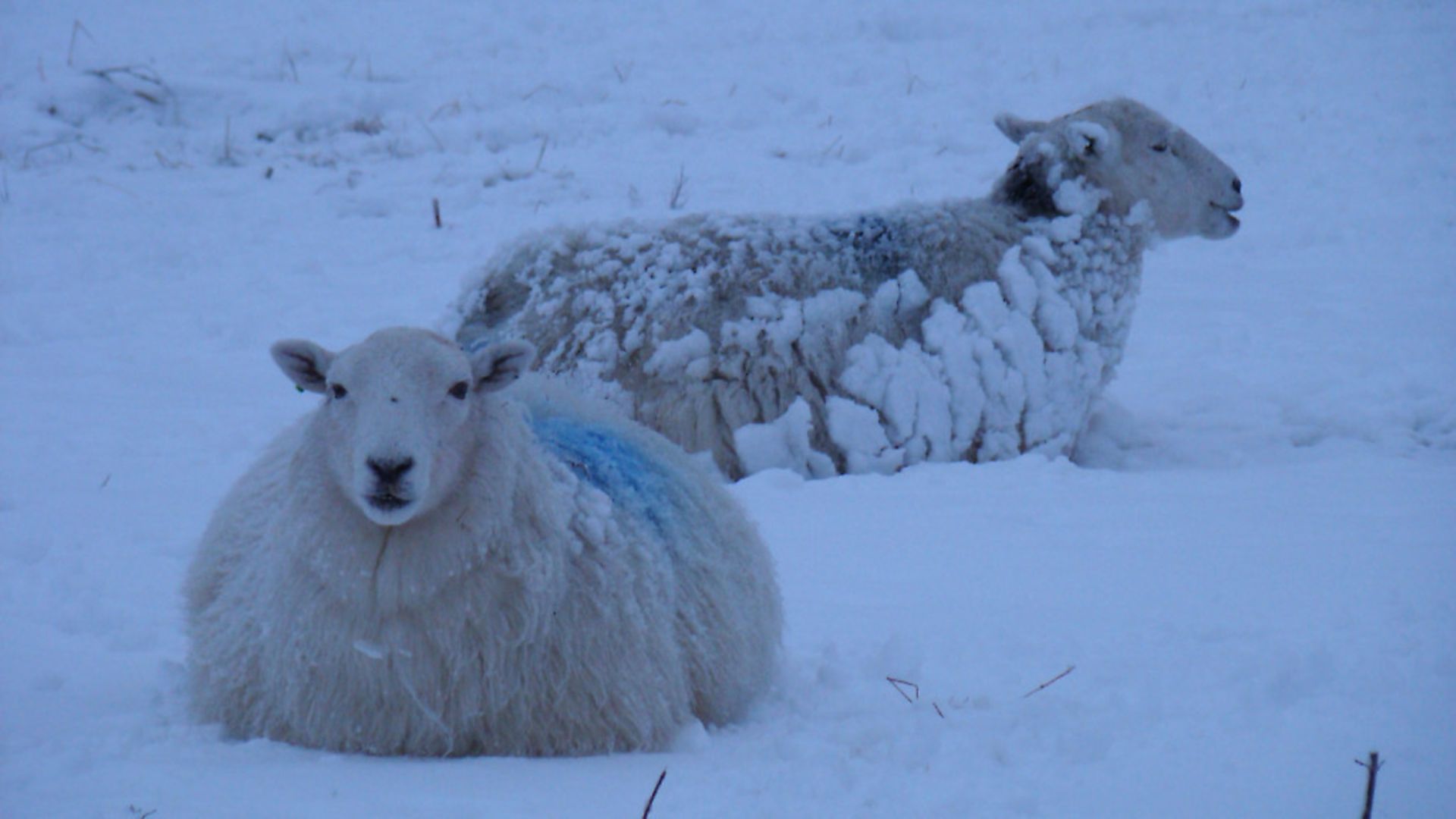
Having gone to all the trouble of arranging an appropriate mating for your cow, sow or other animal, it is up to you to ensure that the pregnancy is carried to full term and results in healthy live offspring. This doesn’t mean that you need to mollycoddle. In fact, too much care can be as dangerous as too little. However, you do need to develop a heightened awareness of your animals’ behavioural characteristics, as changes in behaviour could be the first indication of a problem, which, if identified early and treated accordingly, may never develop into anything serious.
For the smallholder, possibly the biggest challenge lies in actually spotting that something is amiss. This may sound surprising, as one would assume that the close bond that smallholders tend to have with their animals would make it relatively easy for them to notice any changes. However, where animals are very tame and used to frequent handling they often don’t behave in what would be considered a ‘normal’ fashion at the best of times and they don’t react to people’s presence in the way that they would if they were less humanised. When you couple this with the fact that many beginners lack experience in livestock husbandry, you will understand why it can be difficult for some smallholders to identify that an animal is exhibiting specific symptoms of disease until it may be too late for treatment to be wholly effective.
During gestation, I believe that there are three main aspects that present a challenge to the animals, and therefore to the people who care for them: Stress, nutrition and disease. These three factors are closely interlinked and one often leads to another. For example, where inadequate nutrition results in twin lamb disease (pregnancy toxaemia) in pregnant ewes, the process will be accelerated and exacerbated by stress.
Key risk periods
Non-pregnant animals cope very well with potentially stressful situations, such as long journeys, handling (including for routine treatments) and extended periods of inclement weather. However, in the case of a pregnant animal, which may already be suffering from nutritional stress due to the demands of the developing foetus, any additional pressure may be enough to tip it over the edge, even if it is caused by something that it usually takes in its stride.
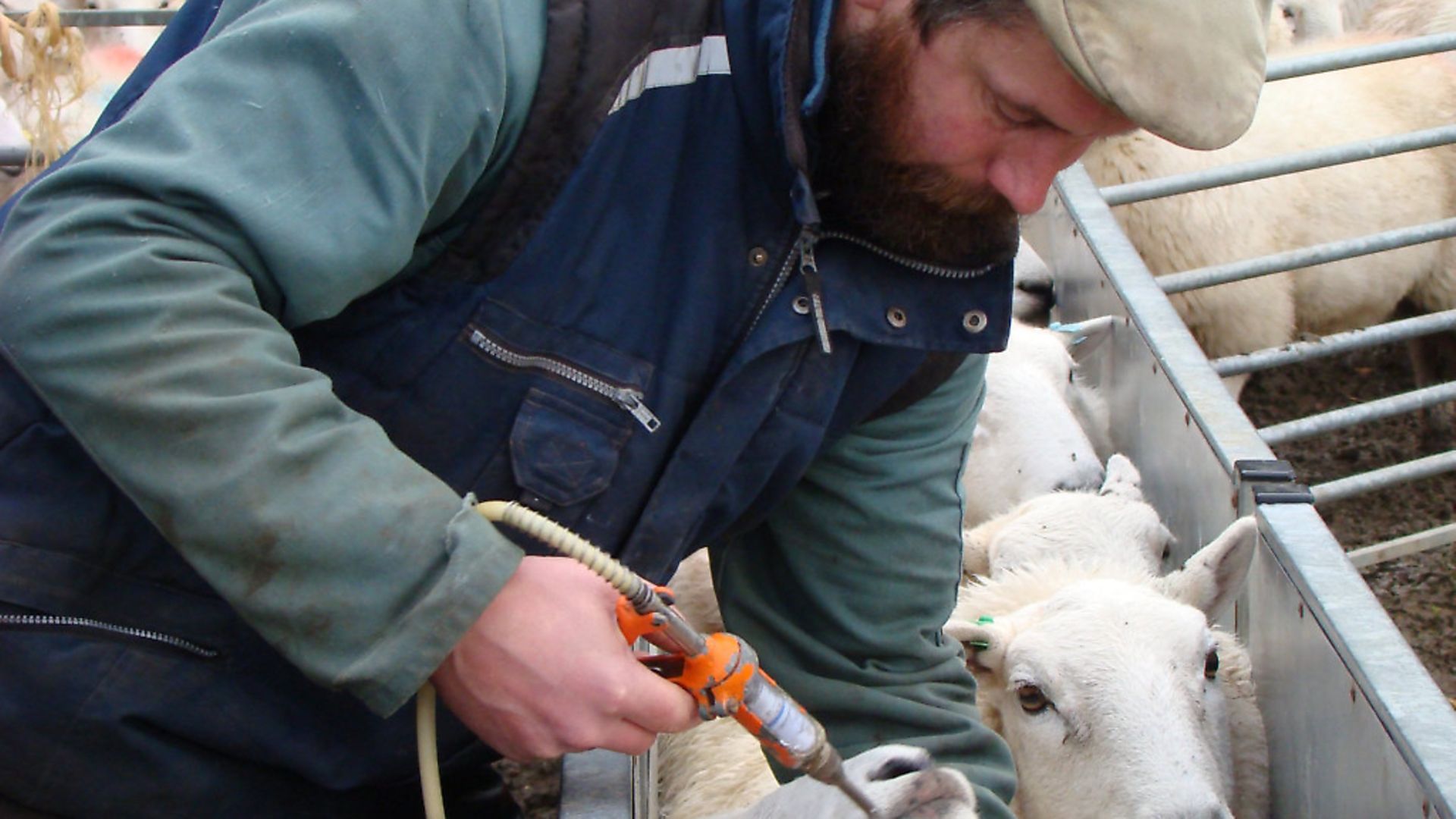
The key risk periods are early and late gestation. During the middle of the pregnancy, animals can be handled pretty much as normal, within reason.
Stress during early gestation — around the time of embryo implantation and during the following few weeks — is likely to result in embryonic losses, which will be observed as apparently poor conception rates or high numbers of ‘barreners’ within the flock or herd. Where embryos are lost very early, the animal will probably come back into season and be mated again, although a cycle is likely to be missed. In the case of animals that usually give birth to multiple offspring, it may be that not all of the embryos will be lost, in which case the pregnancy will progress as normal except with fewer foetuses, and the resulting offspring will have lower birth weights than would be expected for their litter size.
Tips for reducing stress risks during early gestation include:
• Carry out routine husbandry tasks, such as worm dosing, in advance of, rather than during, the mating period.
• Ensure that animals are in good health and deal with any issues, such as lameness, well in advance of mating.
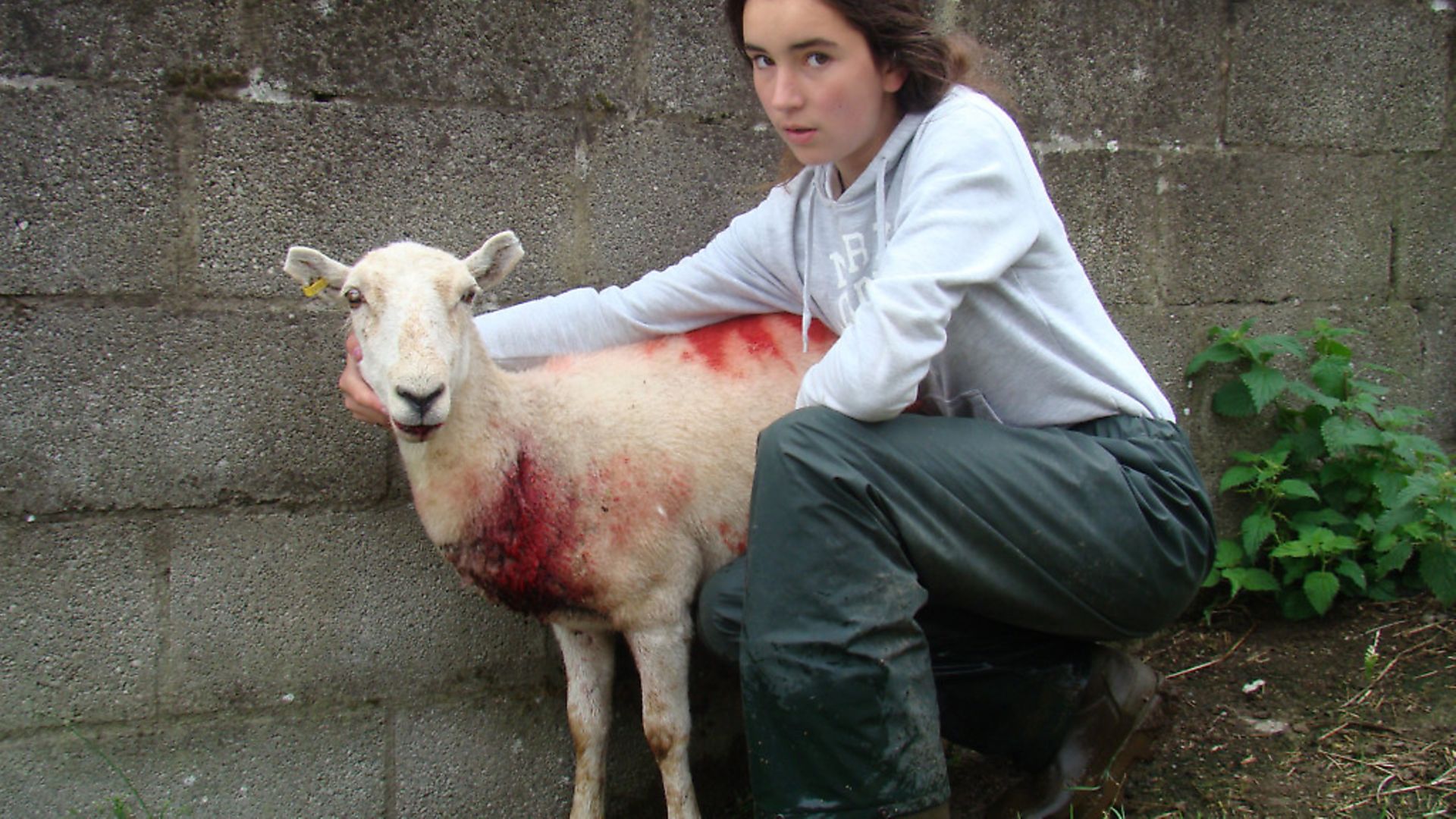
• Avoid changes in routine during this period.
• Avoid transporting animals at this time. Therefore, if you have sent ewes away to run with someone else’s ram, make sure that you arrange for them to stay until the risk period has passed. If you must move a recently mated animal (for example, if you have taken a goat to a billy standing at stud for a drive by mating), then it should be done immediately, in order to get the animal re-settled into its familiar quarters as soon as possible (ie, before embryo implantation occurs).
• Avoid nutritional changes during early gestation. If necessary, provide a low level of supplementary feeding to grazing livestock (such as blocks or licks) to buffer them against the naturally variable quality of the pasture.
• In the case of sheep, don’t use a dog to round them up at this time. In fact, don’t round them up at all if it can possibly be avoided.
• At this time of year, avoid grazing breeding stock in fields that have public access, such as footpaths, running through them.
• Mate animals at the time of year that is appropriate to their breed and species to avoid climatic stress. In species that may be bred from at any time (for example, pigs), provide adequate protection against excesses of heat or cold.
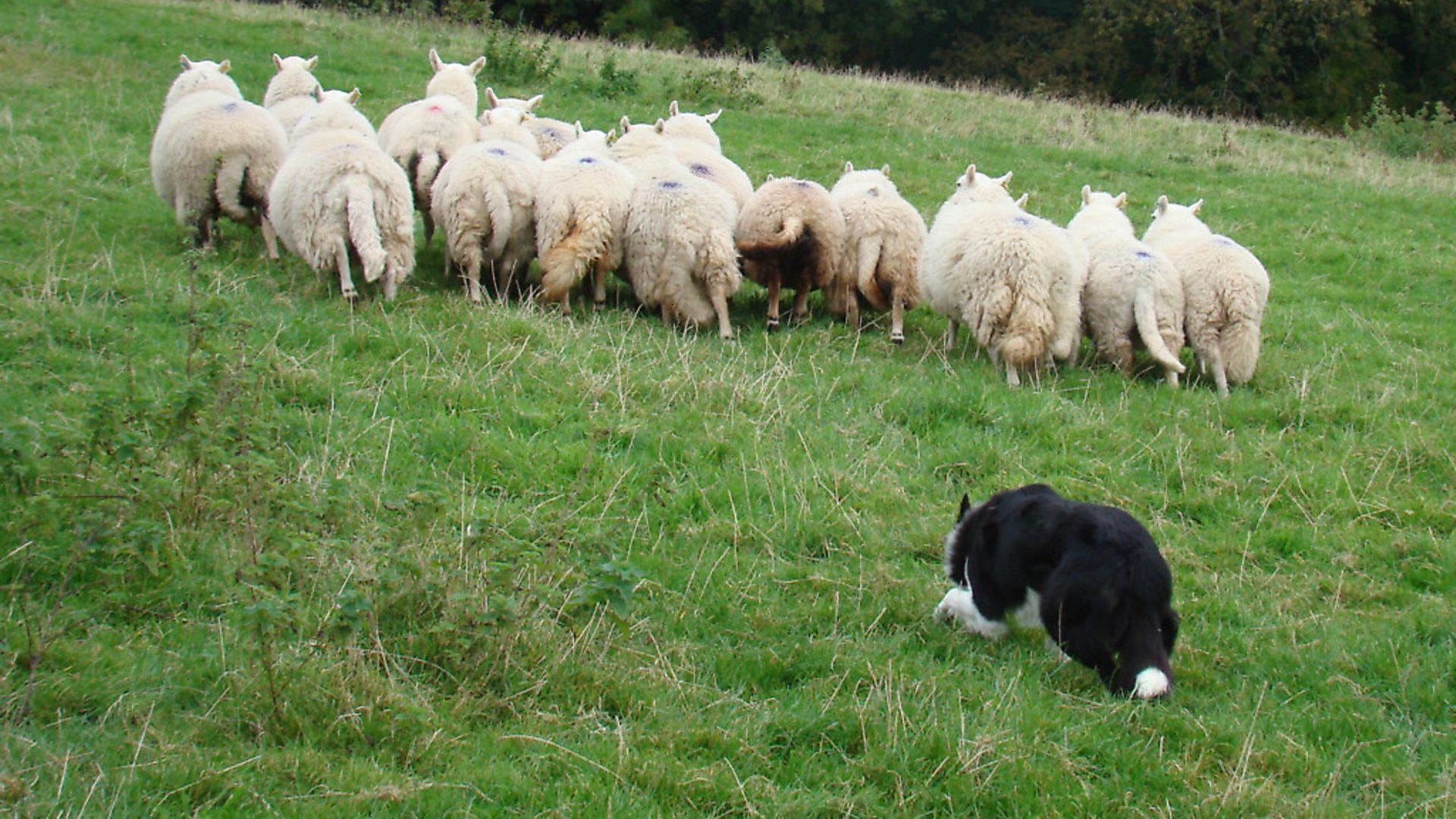
Tips for reducing stress risks during late gestation include:
• Avoid unnecessary handling.
• Only transport animals at this time if it is essential for the purpose of improving the conditions of birth, such as if you are moving sheep from outlying pasture to sheltered paddocks closer to home.
• Carry out routine husbandry procedures, such as vaccinations, in a sympathetic fashion.
• Introduce dietary changes gradually.
• Ensure that animals are familiar with the environment in which they will be spending the final few weeks of gestation and in which they will be giving birth. Where sheep are to be housed for lambing, for example, it is a good idea to accustom them to being indoors by housing them for a brief spell during the time that they are not pregnant.
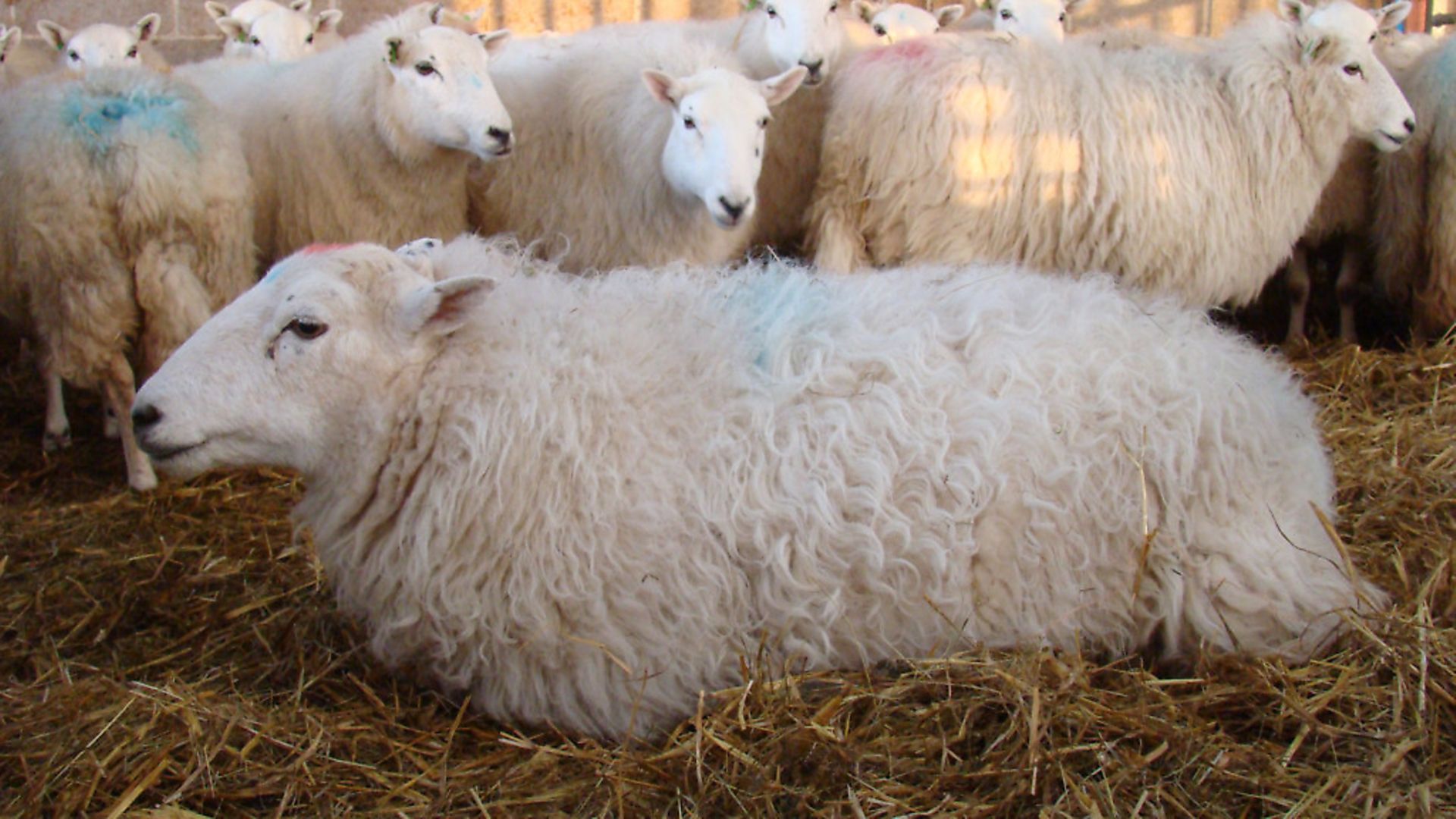
• Increase the amount of time that you devote to quiet observation of your animals.
• Avoid grazing breeding stock in fields that have public access, such as footpaths, running through them.
• Have a contingency plan in place to cope with extreme weather conditions.
Recipe for nutritional success
Appropriate nutrition during gestation is crucial if metabolic disorders are to be avoided and if the pregnancy is to have a satisfactory outcome. Pregnancy places a huge strain on the animal’s body reserves, which is why supplementary feeding will probably be required. However, the developing foetuses take up space within the body and reduce appetite, presenting something of a catch 22 situation.
First and foremost, ensure that your animals are in good — fit, but not fat — condition at mating in order to get the pregnancy off to a good start. If body condition needs to be improved then it should be done well in advance of the breeding season. Any additional feed (over and above the basic maintenance requirements) given during early gestation should be purely for the avoidance of change and as an aid to conception rates.
Avoid overfeeding in early- and mid-gestation. In fact, during mid-gestation, the nutritional requirement is scarcely different from that of a non-breeding animal of similar body condition at the same time of year. Animals that enjoy a luxury feed intake during mid-gestation are often more susceptible to metabolic disorders — some of which may be fatal — later on, hence the earlier warning not to mollycoddle.
Late gestation is the critical period, with 70% of foetal growth occurring during the final few weeks, resulting in a high risk of energy deficit at this time. Therefore, supplementary feeding should be targeted to cope with this increasing demand, while making due allowance for the reduced capacity. The level of supplementary feed required varies according to the bodyweight of the animal, the expected litter size and how far off parturition she is.
The quality and quantity of available forage should also be taken into account. For example, a small breed of ewe carrying a single lamb, due to give birth in a fortnight’s time will need to be given 0.35kg per day of hard feed in addition to good quality hay or silage, whereas a large ewe expecting twins would require 1kg per day.
In some cases, litter size will have to be estimated, based on what is normal for the breed. However, it is possible to have sheep ultrasound scanned at about 90 days after the rams were turned in, which gives a very accurate determination of litter size and hence enables supplementary feeds to be rationed accordingly.
TIP: Due to the animal’s decreasing appetite as the developing foetuses take up more space within her body, there may come a point when she is physically incapable of consuming the ‘correct’ quantity of a carefully calculated ration. However, her nutritional requirement is increasing at this time. Therefore, instead of increasing the volume of feed given per day, consider upping the quality, for example by switching to a higher protein ration or by feeding high DM silage in place of hay. It is also best to split the ration into several small feeds per day in the case of very prolific dams.
TIP: Certain small breeds that have low levels of productivity may not require any supplementary feeding at all, provided that late gestation coincides with increasing availability of natural forage. This tends to be the case with the primitive types of sheep, which are very popular among smallholders. However, be aware that just because they are capable of surviving under these conditions it doesn’t mean that they have to, nor does it mean that they should. Be guided by the body condition of the animals and if they need feeding then feed them. Primitive sheep do not have to be thin sheep and there is no excuse for failing to provide adequate levels of nutrition for your animals, regardless of breed or type.
On the sick list
All animals can get sick from time to time, but there are certain disorders that are only encountered during pregnancy or lactation. In particular, there are infections that can result in abortion, metabolic disorders that may be brought about by nutritional stress and other complications, such as mastitis (inflammation of the udder), prolapse and difficulties encountered during the actual birth process.
Abortion
An abortion (‘miscarriage’) may be caused by rough handling or other stressful situations, or by an infectious agent. Abortions may pass unnoticed, unless they occur during the final third of pregnancy. Depending on the cause, affected animals do not always appear unwell.
The safest option, if an animal is seen to have aborted, is to assume that it may be infectious and to isolate her from the rest of the flock or herd. Your vet can take a blood sample and collect foetal material for analysis in order to determine the cause. Consider using a vaccine against the commoner forms of abortion in future.
• TIP: Be aware that some forms of abortion in livestock are zoonotic and pose a very serious risk to pregnant women.
• TIP: In the case of toxoplasmosis, which is a common cause of abortion in sheep, domestic cats are the principle source of infection. Toxoplasmosis can also affect other mammals, including humans. Young cats and breeding females are the worst offenders, so reduce the risk by only keeping neutered adult males on the holding. Also try to prevent cats from soiling stored livestock feed and forage.
Metabolic disorders
In terms of metabolic disorders, I am primarily talking about pregnancy toxaemia, hypocalcaemia and hypomagnesaemia, all three
of which are closely linked to nutrition and stress. The first two are most likely to be encountered in late gestation, with hypomagnesaemia being seen in early lactation in grazing livestock, and also sometimes in the autumn. The symptoms of pregnancy toxaemia and hypocalcaemia are very similar, but whereas hypocalcaemic animals respond very quickly to treatment, which consists of injections of calcium borogluconate, which is something any smallholder can carry out themselves, animals suffering from pregnancy toxaemia do not, and a high proportion will die despite careful nursing. Hypomagnesaemia is best avoided by providing supplementary magnesium, in the form of licks or boluses, during periods of high risk.
Any pregnant animal that appears lethargic, reluctant to feed or which separates itself from the rest of the flock or herd is likely to be suffering from one or other of these disorders and must be treated immediately. Don’t wait to see if it is a bit better in the morning — it won’t be. The first course of action is to inject calcium borogluconate and observe the response. If it subsequently turns out to have been suffering from something else then your initial treatment won’t have done any harm and will have helped to combat stress.
• TIP: When they go down, ewes suffering from hypocalcaemia (calcium deficiency) look like they have toppled over forwards, whereas those suffering from pregnancy toxaemia (twin lamb disease) appear to have slumped backwards.
Image(s) provided by:
Archant
Archant
Archant
Archant
Archant







